Related Research Articles
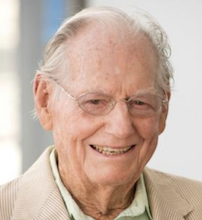
Morton Wayne Thiebaud was an American painter known for his colorful works depicting commonplace objects—pies, lipsticks, paint cans, ice cream cones, pastries, and hot dogs—as well as for his landscapes and figure paintings. Thiebaud is associated with the pop art movement because of his interest in objects of mass culture, although his early works, executed during the fifties and sixties, slightly predate the works of the classic pop artists. Thiebaud used heavy pigment and exaggerated colors to depict his subjects, and the well-defined shadows characteristic of advertisements were almost always included in his work.

The Carnegie Museum of Art is an art museum in the Oakland neighborhood of Pittsburgh, Pennsylvania. The museum was originally known as the Department of Fine Arts, Carnegie Institute and was formerly located at what is now the Main Branch of the Carnegie Library of Pittsburgh. The museum's first gallery was opened for public use on November 5, 1895. Over the years, the gallery vastly increased in size, with a new building on Forbes Avenue built in 1907. In 1963, the name was officially changed to Museum of Art, Carnegie Institute. The size of the gallery has tripled over time, and it was officially renamed in 1986 to "Carnegie Museum of Art" to indicate it clearly as one of the four Carnegie Museums.

Lawrence Charles Weiner was an American conceptual artist. He was one of the central figures in the formation of conceptual art in the 1960s. His work often took the form of typographic texts, a form of word art.
The Carnegie International is a North American exhibition of contemporary art from around the globe. It was first organized at the behest of industrialist and philanthropist Andrew Carnegie on November 5, 1896, in Pittsburgh. Carnegie established the International to educate and inspire the public as well as to promote international cooperation and understanding. He intended the International to provide a periodic sample of contemporary art from which Pittsburgh's Carnegie Museum of Art could enrich its permanent collection.
Garry Neill Kennedy, was a Canadian conceptual artist and educator from Halifax, Nova Scotia. In the mid-1970s, he created works that investigated the processes and materials of painting. In the first decade of the 2000s, he expanded his work to investigate art and its social, institutional, and political framework.
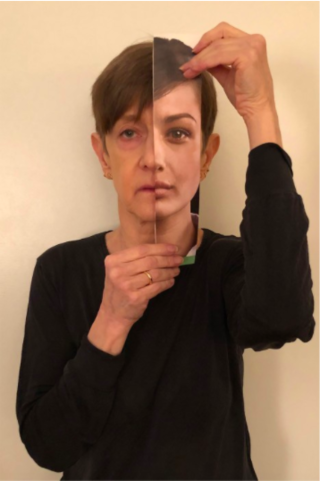
Judith Henry is a New York-based artist that creates multimedia art works exploring interior versus public self. Henry often uses newspapers, telephone books, and film reels. She also uses snapshot photography. After graduating from college, she moved to New York and married artist Jaime Davidovich, with whom she has two daughters. She currently lives in Williamsburg, Brooklyn.

The Miller ICA at Carnegie Mellon University is the contemporary art gallery of Carnegie Mellon University in Pittsburgh, Pennsylvania.
Elaine A. King is a curator, critic, professor, and editor.
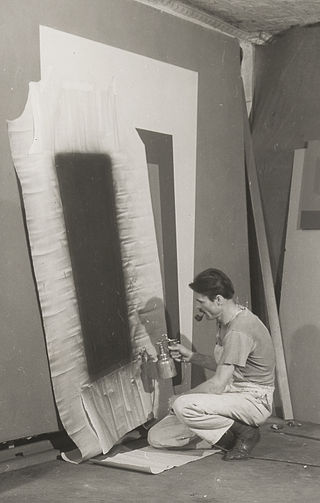
Balcomb Greene (1904–1990) was an American artist and teacher. He and his wife, artist Gertrude Glass Greene, were heavily involved in political activism to promote mainstream acceptance of abstract art and were founding members of the American Abstract Artists organization. His early style was completely non-objective. Juan Gris and Piet Mondrian as well as Pablo Picasso and Henri Matisse influenced his early style. From the 1940s his work "opened out to the light and space of natural form." He painted landscapes and figure. "He discerned the pain of a man, and hewed to it integrally from beginning to end…. In his study of the figure he did not stress anatomical shape but rather its intuitive, often conflicting spirit."

Leopold Gould Seyffert was an American artist. Born in California, Missouri, and raised in Colorado and then Pittsburgh, his career brought him eventually to New York City, via Philadelphia and Chicago. In New York the dealer Macbeth established him as one of the leading portraitists of the 20th century and his over 500 portraits continue to decorate the galleries, rooms and halls of many of America's museums and institutions.
George Earl Ortman was an American painter, printmaker, constructionist and sculptor. His work has been referred to as Neo-Dada, pop art, minimalism and hard-edge painting. His constructions, built with a variety of materials and objects, deal with the exploration off visual language derived from geometry—geometry as symbol and sign.
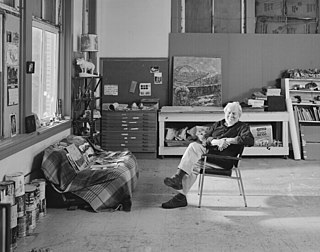
Robert L. Qualters, Jr. is an American painter, installation artist and printmaker based in Pittsburgh, Pennsylvania. His work encompasses traditional painting, as well as murals, and collaborations with other Pittsburgh-based artists across several disciplines. He is associated with the Bay Area Figurative Movement of Representational Painting.
Henry Koerner was an Austrian-born American painter and graphic designer best known for his early Magical Realist works of the late 1940s and his portrait covers for Time magazine.
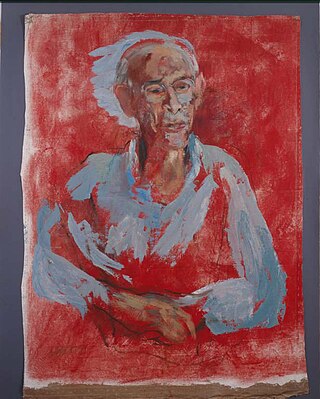
Robert Lepper (1906-1991) was an American artist and art professor at Carnegie Institute of Technology, now Carnegie Mellon University, who developed the country's first industrial design degree program. Lepper's work in industrial design, his fascination with the impact of technology on society and its potential role for artmaking formed the background for his class "Individual and Social Analysis", a two semester class focusing on community and personal memory as factors in artistic expression, which with his theoretical dialogues with his most promising students outside the classroom fostered the intellectual environment from which such diverse artists as Andy Warhol, Philip Pearlstein, Mel Bochner, and Jonathan Borofsky would later build their art practices.

Kraus Campo is a roof garden and landscape design space in Pittsburgh, Pennsylvania. It is located on the roof of the Posner Center on the Carnegie Mellon University campus, between the College of Fine Arts building and Posner Hall. The Campo was designed and created by artist Mel Bochner and landscape architect Michael Van Valkenburgh. The Campo consists of orange pathways surrounded by various species of shrubs, a central seating area, and a quotation tiled onto the back wall. It was commissioned by and named after Jill Gansman Kraus, a university trustee, and her husband Peter Kraus.

Ayanah Moor is a conceptual artist working in print, video, mixed media, and performance. Her work addresses contemporary popular culture by interrogating identity and vernacular aesthetics. Much of her works center on hip-hop culture, American politics, black vernacular and gender performance.

Evgeny Iosifovich Chubarov was a painter, sculptor, and graphic artist.
Gao Minglu is a scholar in Chinese contemporary art. He is the Chair of the Department of Art History, Professor for Distinguished Service, and Chair of Art and is an instructor at the University of Pittsburgh. He is also distinguished professor at Tianjin Academy of Fine Arts.
Samuel Rosenberg (1896–1972) was an American artist and Professor at Carnegie Mellon University in Pittsburgh, PA. He showed his work at the Museum of Modern Art, the Whitney Museum in New York, the National Academy of Art in Washington, the Corcoran Gallery, and in the Pennsylvania Academy of Fine Arts. He was a beloved art teacher, and some of his students were Mel Bochner, Philip Pearlstein and Andy Warhol.
Blah! Blah! Blah! is series of word paintings executed by the American conceptual artist and painter Mel Bochner between 2008 and 2012, featuring various chromatic and placement variations on the words and in concert the phrase "Blah! Blah! Blah!".
References
- ↑ Yale faculty profile
- ↑ Bui, Phong (May 2006). "In Conversation: Mel Bochner with Phong Bui". The Brooklyn Rail. Retrieved 24 July 2024.
- ↑ Torossian, Ronn (August 24, 2014). "Mel Bochner is an Amazing Jewish Artist". The Algemeiner. Retrieved 24 July 2024.
As an American Jew, I see these words and realize how much Jewish culture has become a part of every-day American life.
- ↑ Russell, John (17 November 1985). "ART VIEW; THE BEST AND BIGGEST IN PITTSBURGH". New York Times . Retrieved 1 February 2013.
- ↑ Philip Kennicott (November 4, 2011). "Critic's review: National Gallery's 'In the Tower: Mel Bochner'". The Washington Post.
- ↑ "Mel Bochner Whitechapel Exhibition 2012" . Retrieved 4 October 2012.
- ↑ "Mel Bochner Monograph" . Retrieved 4 October 2012.
- ↑ Lakin, Max (26 November 2019). "A Conceptual Art Pioneer Who Doesn't Mince Words". The New York Times.